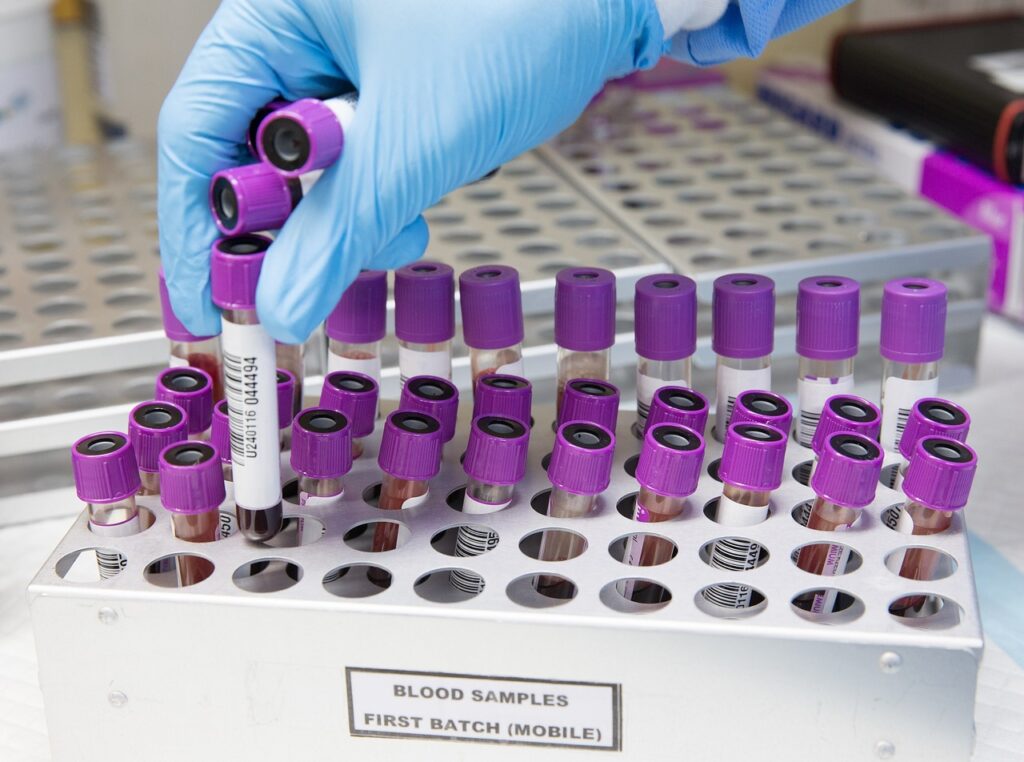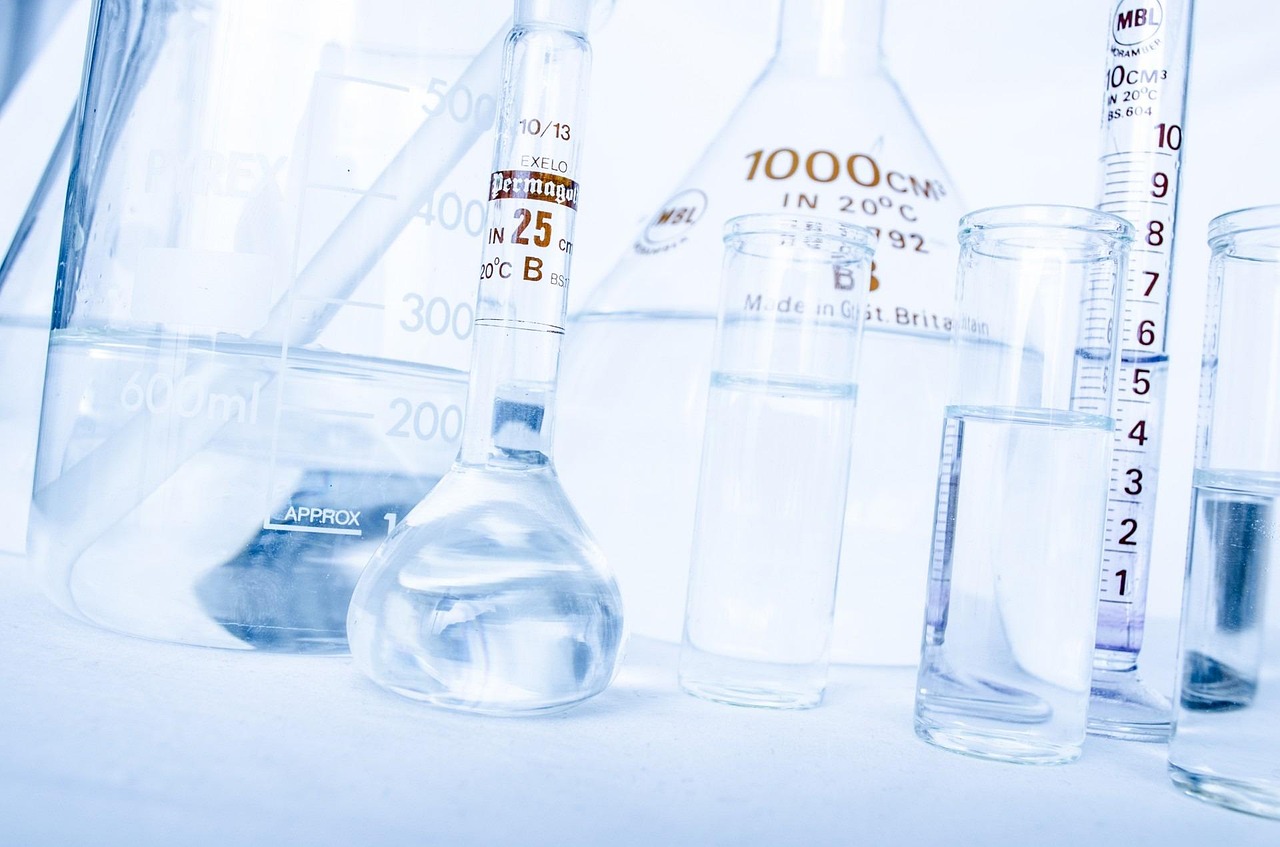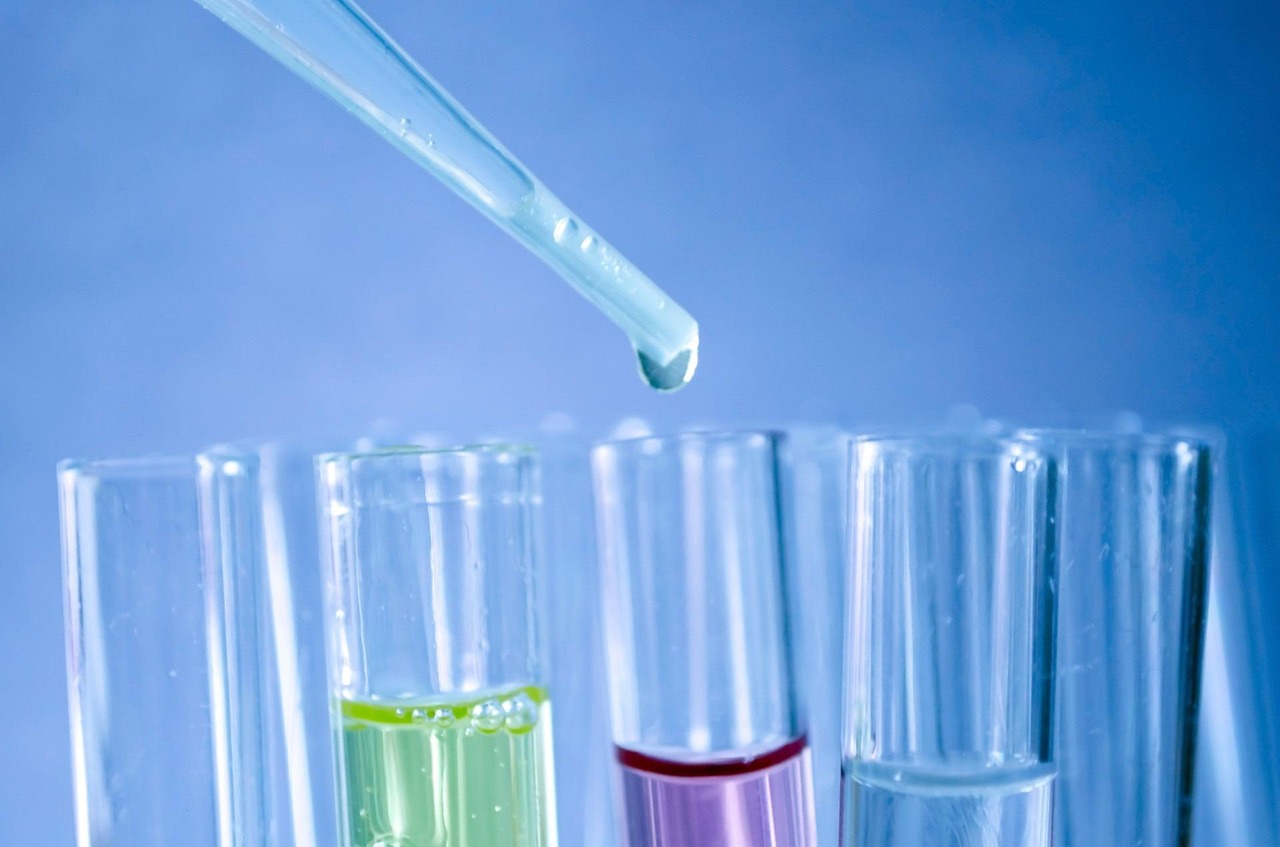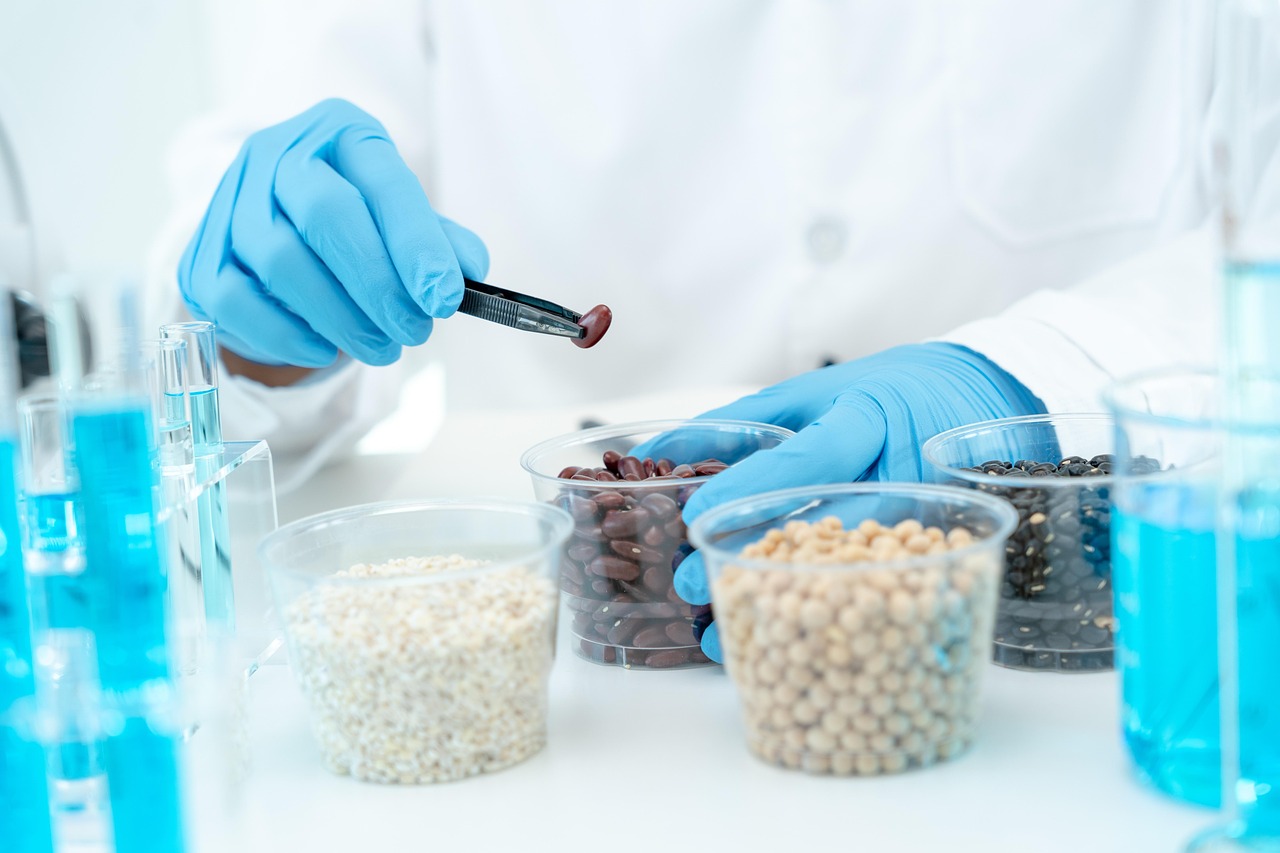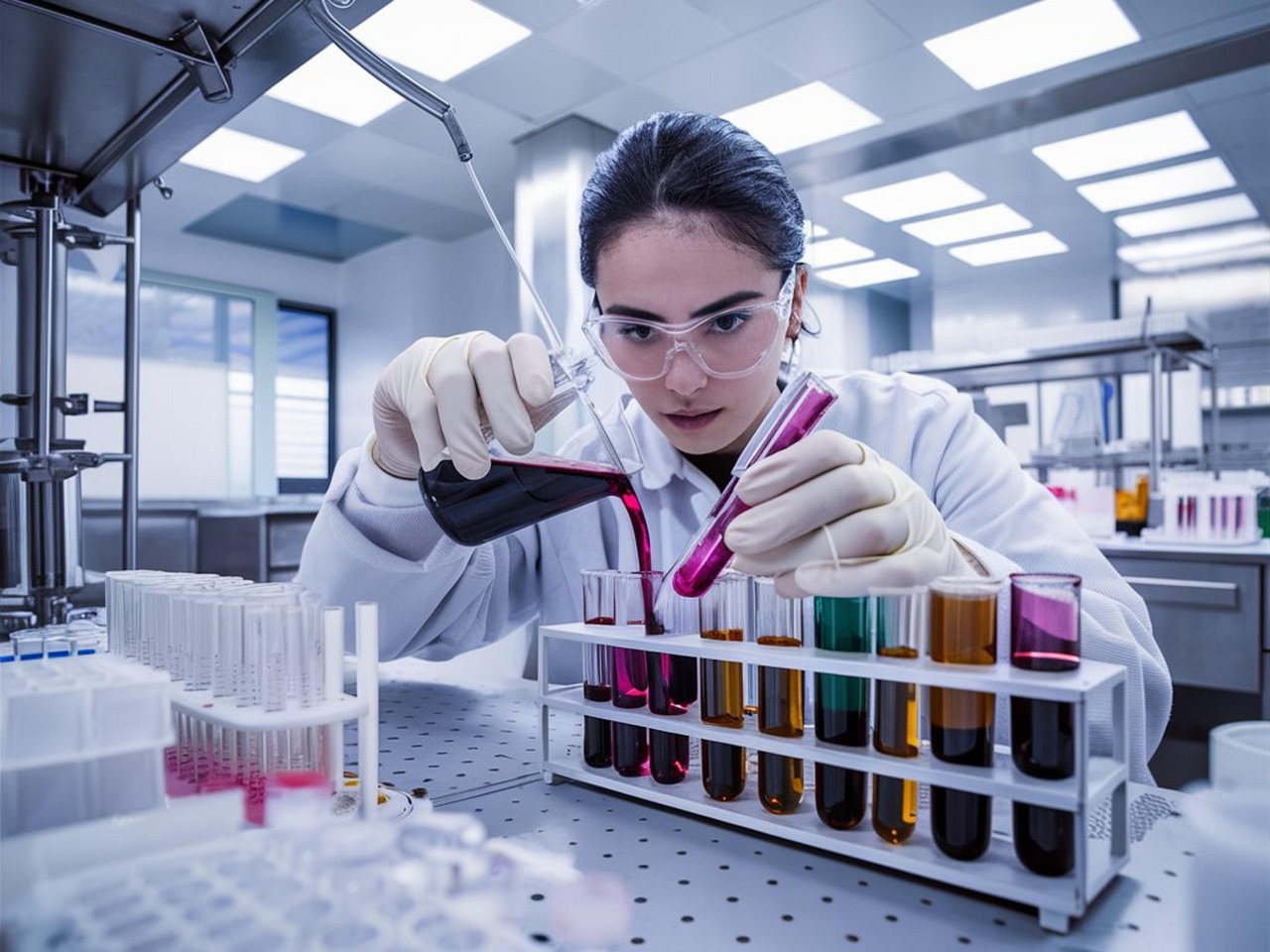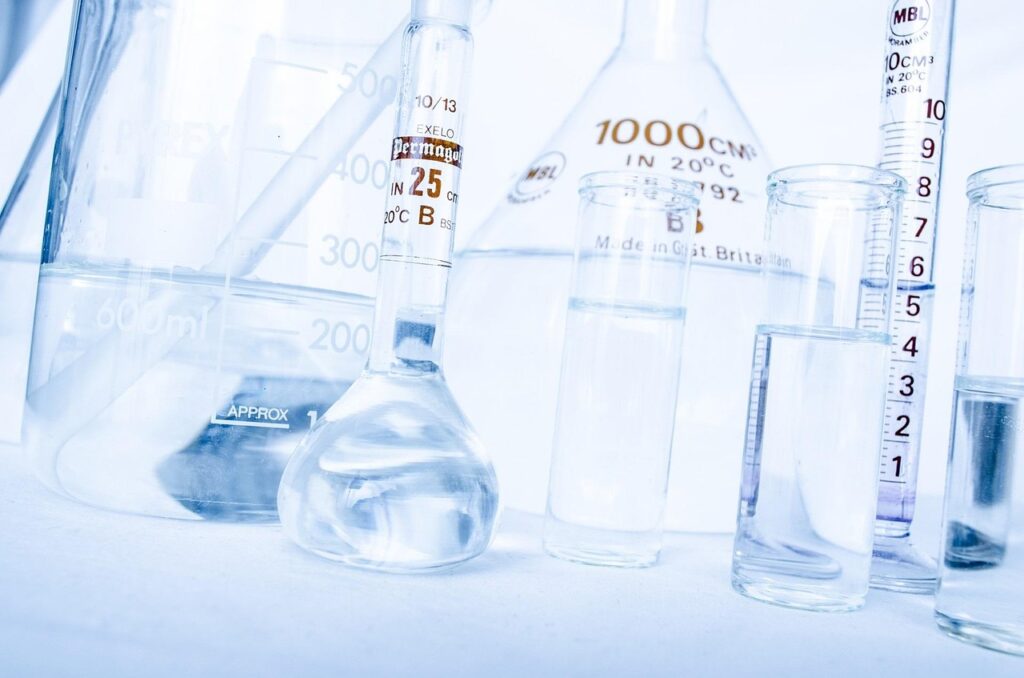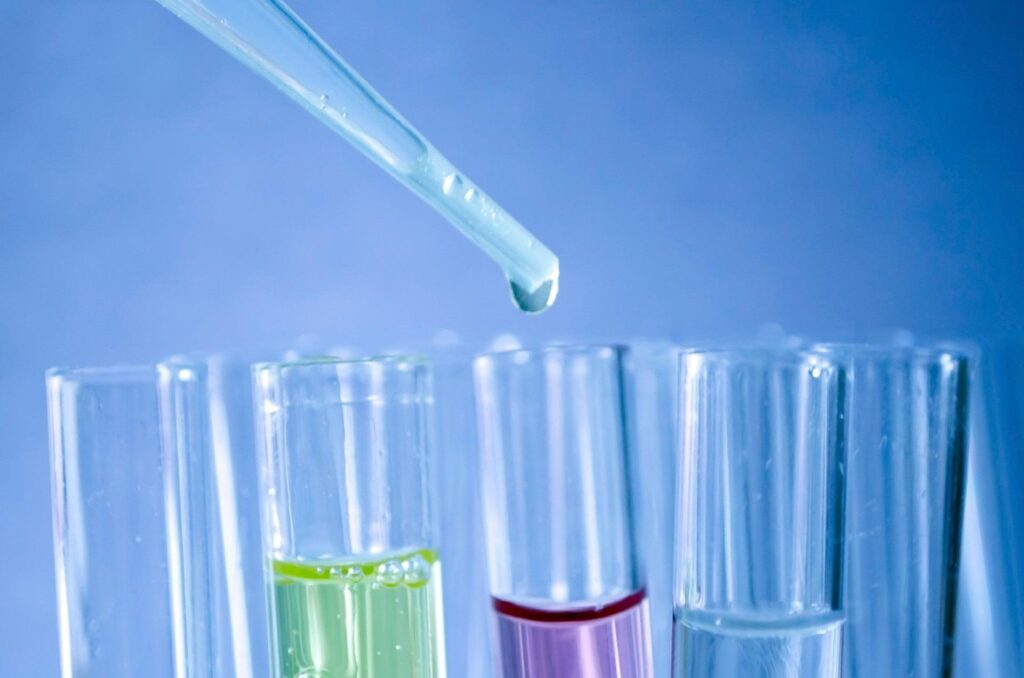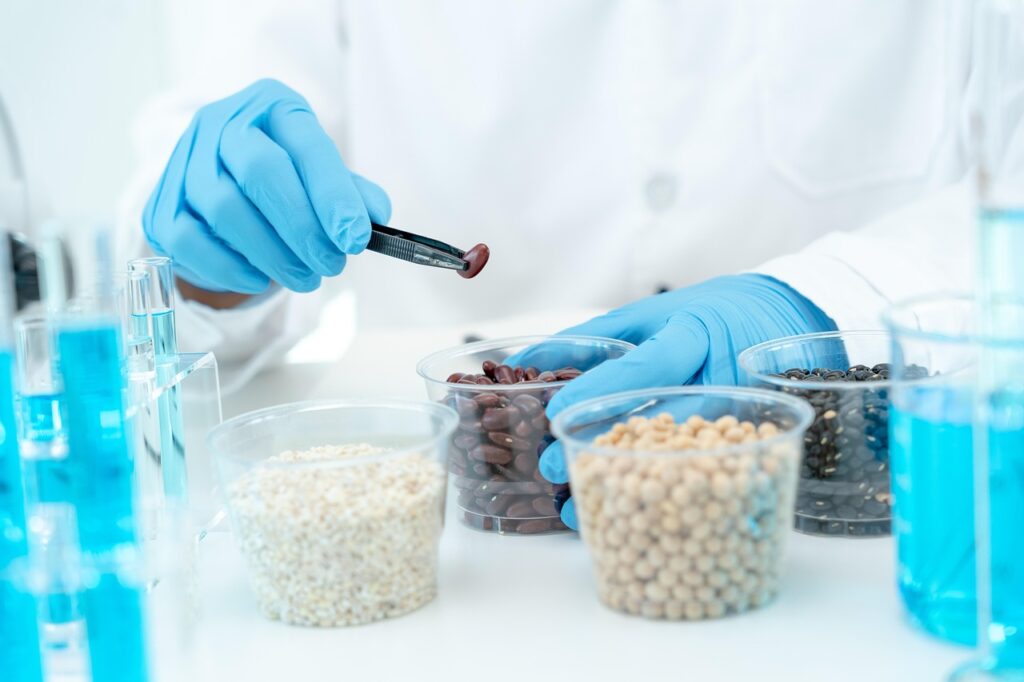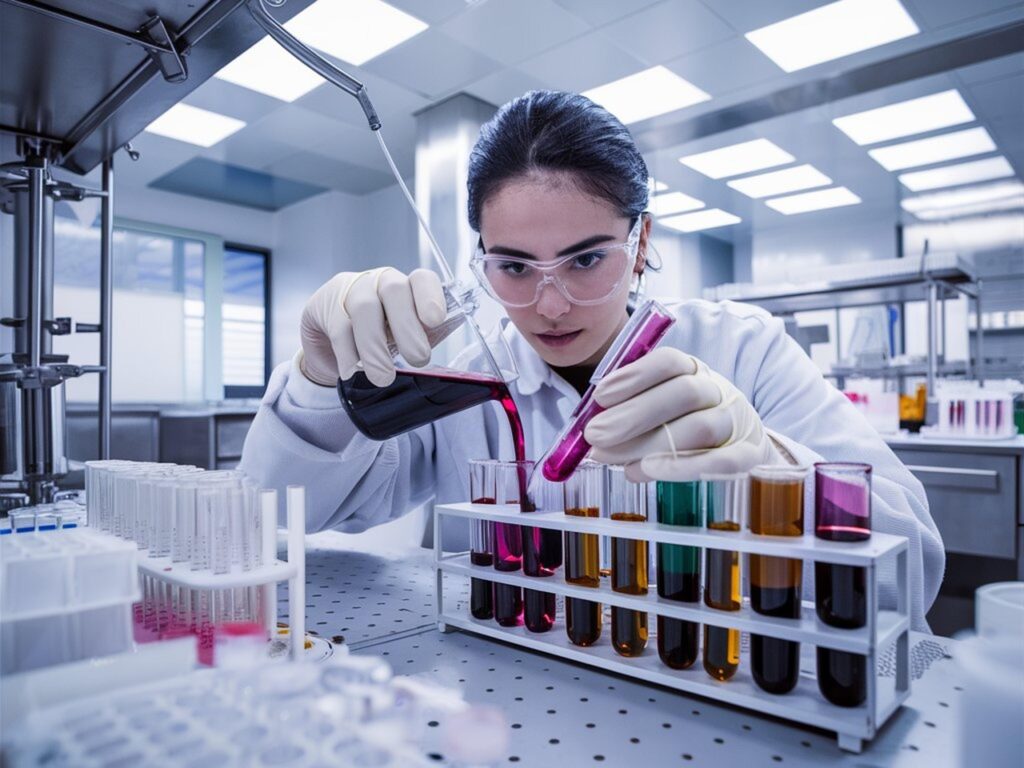Introduction
In the modern world, when customers are more aware than ever of what they eat, food safety and quality are vital. Food testing and analysis labs have grown in number as a result of the growing need for wholesome, safe, and superior food. In order to make sure that food items are free of dangerous pollutants and satisfy regulatory requirements, food lab analysis is crucial. However, what is food lab analysis exactly, and what makes it so crucial? This manual offers a thorough rundown of the procedure, its significance, its techniques, and the applicable regulations.
What is Food Lab Analysis?
The process of scientifically analyzing food products to ascertain their safety, quality, and composition is known as food lab analysis. To identify pollutants, confirm nutritional value, and guarantee adherence to food safety laws, it entails a number of tests. Labs examine food samples using cutting-edge methods and tools, assisting producers in preserving product quality and safeguarding consumer health.
Regulatory agencies including the European Food Safety Authority (EFSA), the U.S. Food and Drug Administration (FDA), and the Food Safety and Standards Authority of India (FSSAI) have severe criteria that food testing labs must follow. Businesses can satisfy international standards, enhance food quality, and avoid foodborne illnesses by performing food lab analysis.
Importance of Food Lab Analysis
1. Ensuring Food Safety
Toxins, heavy metals, pesticides, germs, and other contaminants can all be extremely harmful to one’s health. Food lab testing aids in the detection of these dangerous compounds and keeps people from consuming tainted food.
2. Regulatory Compliance
Food regulatory bodies require strict testing and labeling compliance. Companies that fail to meet these standards may face penalties, recalls, or legal actions.
3. Quality Control
Analyzing food products ensures that manufacturers maintain consistency in taste, texture, and nutritional value. It helps businesses build trust with consumers by delivering high-quality products.
4. Nutritional Labeling
Accurate nutritional labeling is essential for consumer awareness.Lab analysis verifies the nutritional composition of products, ensuring that information provided on packaging is correct.
5. Prevention of Food Adulteration
Adulteration in food products is a serious issue. Lab analysis helps detect adulterants such as artificial preservatives, synthetic colors, and other harmful additives.
Key Methods Used in Food Lab Analysis
Food testing laboratories use various scientific methods to examine food products. Some of the most common techniques include:
1. Microbiological Testing
Microbiological analysis checks for bacteria, yeast, mold, and other microorganisms that may cause foodborne diseases. Common tests include:
- Salmonella testing
- Listeria testing
- E. coli detection
2. Chemical AnalysisRegulations and Standards for Food Lab Analysis
Food testing and analysis must adhere to strict guidelines set by national and international organizations. Some key regulatory bodies include:
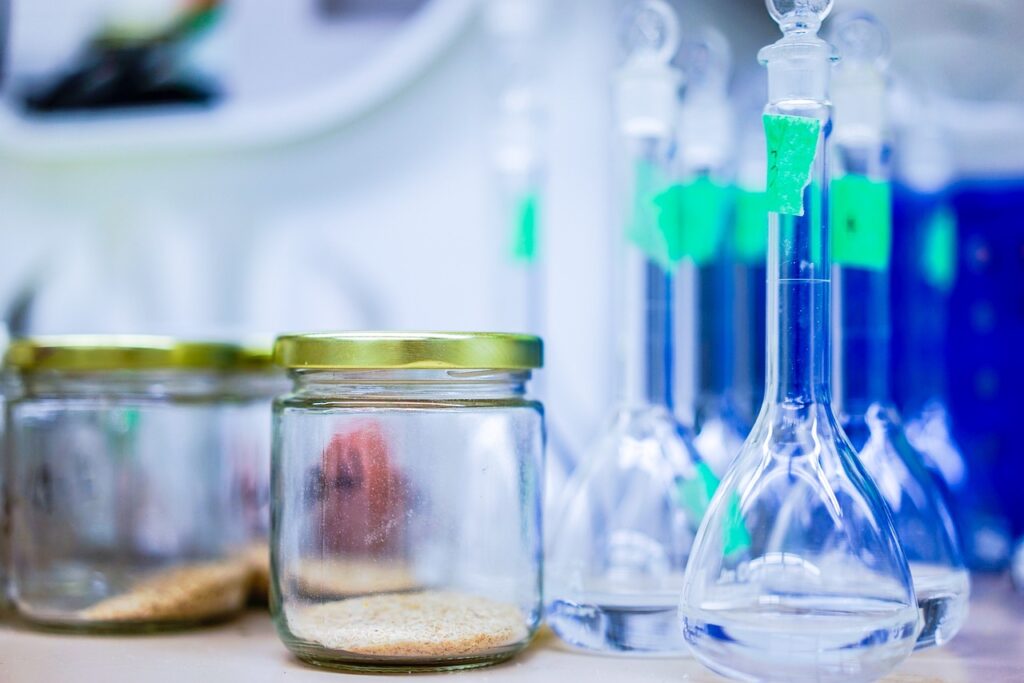
1. Food Safety and Standards Authority of India (FSSAI)
FSSAI sets regulations for food safety in India, requiring manufacturers to conduct food lab tests before product approval.
2. U.S. Food and Drug Administration (FDA)
The FDA regulates food safety standards in the United States, ensuring that food products meet quality and safety guidelines.
3. European Food Safety Authority (EFSA)
EFSA oversees food safety regulations across Europe, setting strict guidelines for food analysis and testing.
4. International Organization for Standardization (ISO)
ISO provides global standards for food testing laboratories to ensure reliability and consistency in testing methods.
The Future of Food Lab Analysis
With advancements in technology, lab analysis is evolving rapidly. Some of the latest trends include:
1. Artificial Intelligence (AI) in Food Testing
AI-powered food analysis tools are improving accuracy and efficiency in detecting contaminants and verifying food composition.
2. Blockchain for Food Safety
Blockchain technology is being used to create transparent food supply chains, ensuring traceability and authenticity of food products.
3. Rapid Testing Techniques
New testing methods, such as biosensors and nano-sensors, are enabling faster and more accurate food safety analysis.
4. DNA-Based Testing
DNA sequencing is becoming a powerful tool in food analysis, helping to identify the presence of allergens, GMOs, and potential contaminants with greater precision.
5. Automated Testing Laboratories
The use of robotics and automation in food testing is reducing human error, increasing efficiency, and speeding up the process of food lab analysis.
Conclusion
Food lab analysis is an essential process for ensuring food safety, quality, and compliance with regulatory standards. By detecting contaminants, verifying nutritional content, and preventing adulteration, food testing laboratories play a crucial role in protecting consumer health. As technology advances, food lab analysis will continue to evolve, making food safety more efficient and reliable.
Whether you are a food manufacturer, distributor, or consumer, understanding food lab analysis can help you make informed decisions about the food you produce and consume. Investing in high-quality food testing ensures safer, healthier food for everyone. As food regulations become more stringent and consumer awareness grows, businesses must prioritize food lab analysis to remain competitive in the industry.

